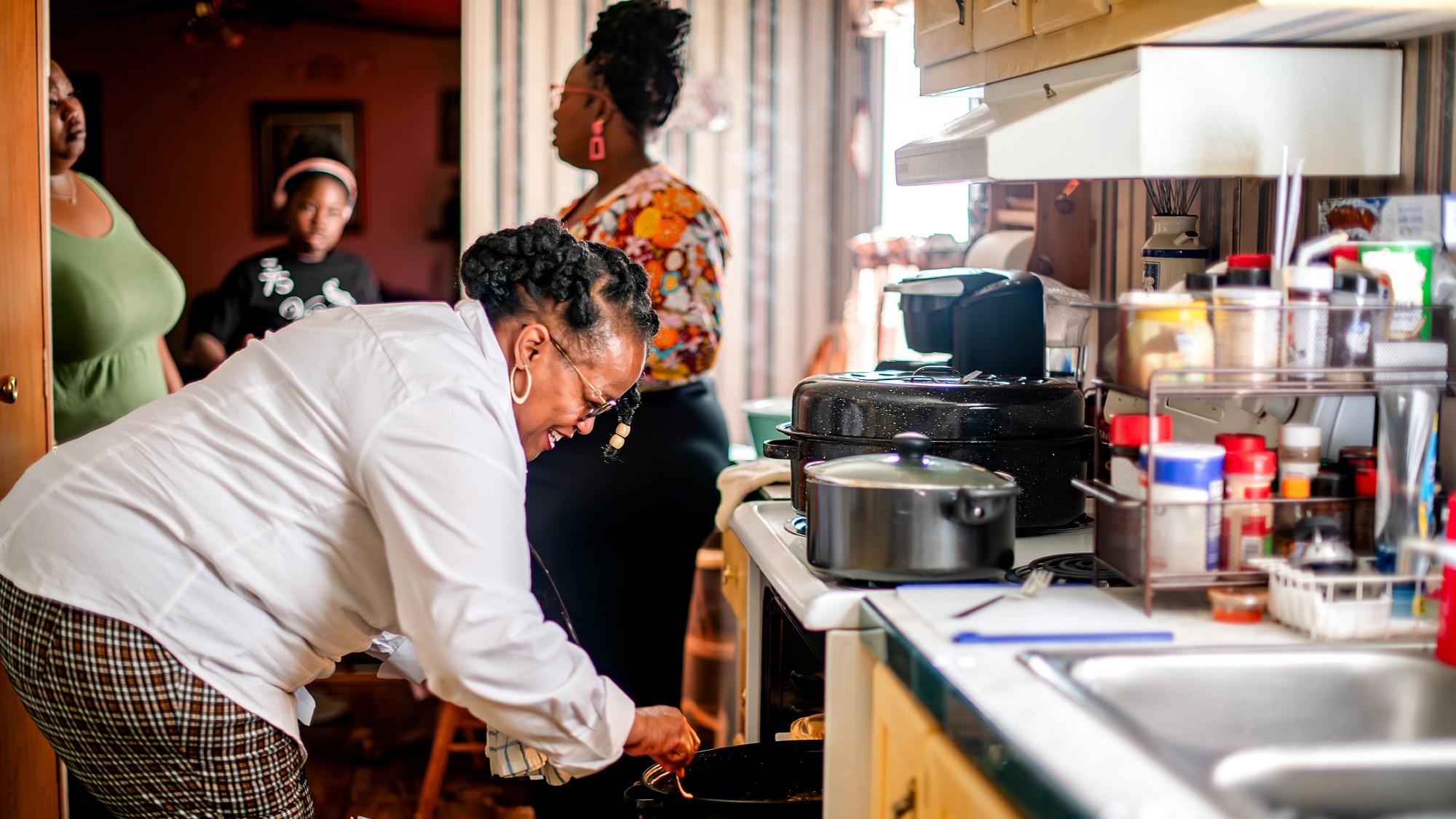Recipe of the week: Really easy duck confit
Added fat is not necessary when making duck confit at home.
While restaurants have tubs of rendered duck fat on hand to make large batches of duck confit, the added fat is not necessary when making the “rich and glistening” duck legs at home, said Melissa Clark in The New York Times. Cooking the legs in their own fat does just as good a job of getting that “crunchy, brittle skin, tender flesh, and a brawny, meaty flavor,” without all the leftover grease.
Really easy duck confit
1½ tsp kosher salt
The Week
Escape your echo chamber. Get the facts behind the news, plus analysis from multiple perspectives.

Sign up for The Week's Free Newsletters
From our morning news briefing to a weekly Good News Newsletter, get the best of The Week delivered directly to your inbox.
From our morning news briefing to a weekly Good News Newsletter, get the best of The Week delivered directly to your inbox.
1 tsp fresh ground black pepper
½ tsp dried thyme
1 bay leaf, crumbled
8 moulard duck legs (about 4 pounds total), rinsed and patted dry but not trimmed
A free daily email with the biggest news stories of the day – and the best features from TheWeek.com
In small bowl, combine salt, pepper, thyme, and bay leaf pieces. Sprinkle over duck generously. Place duck legs in a pan in one layer. Cover tightly with plastic wrap and refrigerate 24 hours.
The next day, heat oven to 325 degrees. Place duck legs fat side down in a large ovenproof skillet, in snug single layer (you may have to use two skillets or cook them in batches). Heat over medium-high heat until fat starts to render. When there is about ¼ inch of rendered fat in pan, about 20 minutes, flip the duck legs, cover pan with foil, and place in oven. If you have used two pans, transfer duck and fat to a roasting pan, cover with foil, and place in oven.
Roast legs 2 hours; remove foil and roast until golden brown, about 1 hour more. Remove duck from fat; reserve fat for other uses. Serve hot or warm over roasted potatoes, noodles, or sturdy salad greens. Serves 4.
-
 7 bars with comforting cocktails and great hospitality
7 bars with comforting cocktails and great hospitalitythe week recommends Winter is a fine time for going out and drinking up
-
 7 recipes that meet you wherever you are during winter
7 recipes that meet you wherever you are during winterthe week recommends Low-key January and decadent holiday eating are all accounted for
-
 Nine best TV shows of the year
Nine best TV shows of the yearThe Week Recommends From Adolescence to Amandaland